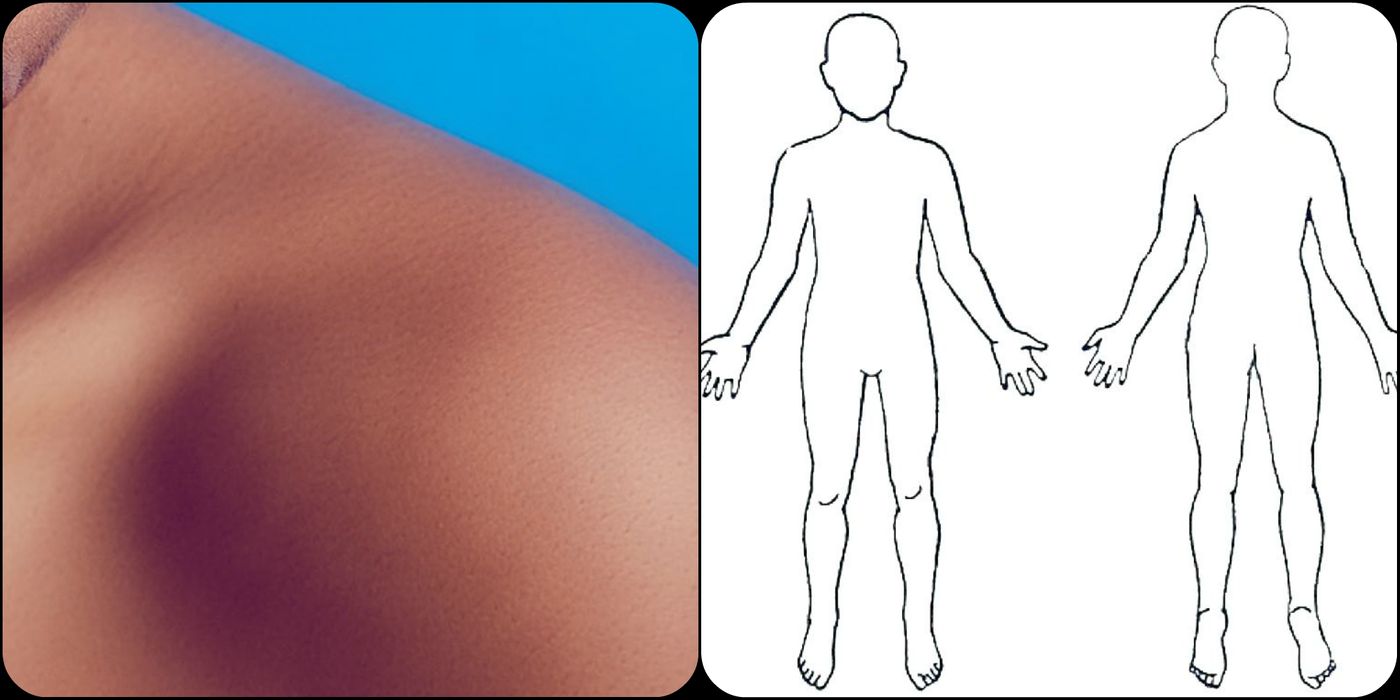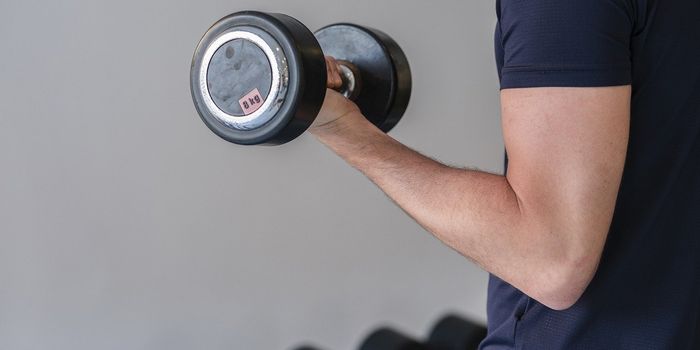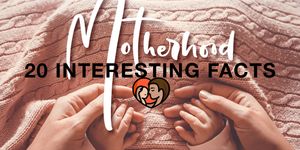Take Care of Your Skin This Summer: Protective Steps and Self-Exams
Exposure to ultraviolet (UV) radiation from the sun is the main cause of skin cancer, which affects about one in five Americans. UVB radiation is the most closely associated with sunburn, skin cancer and melanoma, but UVA rays can also cause premature aging and play a role in skin cancer development. Along with taking steps to protect your skin while outdoors, which we’ll review below, the Skin Cancer Foundation recommends you conduct a head-to-toe self-examination of your skin monthly. This brief self-care routine can help you find any new or changing areas of concern or lesions that could be cancerous or precancerous.
Skin Self-Exam
To conduct a skin self-exam, set aside some time with a full-length and small mirror, two chairs or stools, and a hairdryer. Having a bright light on and a blank “body-map” to make notes on is also helpful. If a friend or family member is available to help you with areas like the scalp, all the better.
Use both mirrors to conduct a thorough search of your face, including the lips, nose and ears, from all angles. Use the blow-dryer and small mirror to check out the state of your scalp -- this is an area where a friend can be helpful.
Take time to examine both sides of your hands, then use the large mirror to scan your entire arms, including the underarm. Then move on to the chest, torso and neck. People with breasts, or other areas where the skin is hidden, should move and lift these areas during the examination.
Turn your back to the full mirror and use the hand mirror to scan the back of your body, from your neck down to calves. To check your genitals, sit in the chair and prop one leg at a time up in the other chair, and use the hand mirror. Then examine your legs and feet, including the toes and soles. “If you spot anything suspicious, see a doctor,” the Skin Cancer Foundation states. It also recommends a professional skin exam with a dermatologist “at least” once a year.
Protecting Your Skin Outdoors
The American Cancer Society (ACS) uses a catchphrase, “Slip! Slop! Slap!® and Wrap,” to help you remember some key ways to protect yourself from UV rays. First, “slip” on a shirt and other clothing. Tightly woven, dry fabrics are generally more protective. Remember that babies, especially those under six months, should always be kept out of the sun or fully covered.
“Slop” on sunscreen -- for most adults, an ounce, or about a shot glass or palmful, is a good amount for covering your body. Be sure to teach children a sunblock routine early in life. Reapply at least every two hours or after swimming or heavy sweating. Sunscreens with broad-spectrum protection (against both UVA and UVB rays) and with a sun protection factor (SPF) of 30 or more are best.
ACS explains, “when applying an SPF 30 sunscreen correctly, you get the equivalent of one minute of UVB rays for [every] 30 minutes you spend in the sun. So, one hour in the sun wearing SPF 30 sunscreen is the same as spending two minutes totally unprotected.”
“Slap” on a hat. It is common for skin cancer to develop on the neck or ears, so hats that provide the most shade coverage are recommended. “Wrap” on sunglasses to protect the skin around your eyes and your eyes themselves. Be sure to choose UV-blocking sunglasses. As well as protecting the sensitive areas around the eyes, ACS states spending a long time in the sun without eye protection can increase your chance of developing some eye diseases.
Spending time in the shade is also a good choice. The sun’s UV rays in the continental U.S. are usually the most hazardous between 10 a.m. and 4 p.m., and during late spring or early summer. While taking protective steps is essential, ACS states, “you don’t have to avoid the sun completely. And it would be unwise to stay inside if it would keep you from being active, because physical activity is important for good health.”
Sources: American Cancer Society, Skin Cancer Foundation, Center for Disease Control











